Learn How to Become Better at Card Shuffling
Shuffling is a vital part of casino card games because it randomises the order of the cards and gives the games an element of chance. If you’re playing games such as blackjack or poker at home, there are lots of popular shuffling techniques you can learn to use in your own games.
The Importance of Card Shuffling
A standard deck of playing cards contains 52 cards. There are 13 ranks (ace, 2-10, J, Q and K) and four suits (hearts, diamonds, clubs and spades) for each of these.
If you’re wondering how many ways to shuffle a deck of cards there are, it’s a massive number: 52! (or 52 factorial). This works out as 8.0658×1067 – a number with no fewer than 68 digits.
If you purchase a new pack of playing cards, they’re usually in a set order, i.e., arranged by suit and rank. It’s against the spirit of casino games to use a deck of cards in a particular order like this.
Why? Because when the order of cards is predictable, it reduces a game’s randomness. This also makes the game unfair because players will be able to work out what card is coming next.
This is why shuffling cards is important for any casino game that uses cards. Whether the game uses a single deck of cards or multiple, it shouldn’t go ahead unless the cards have been shuffled.
If you play using a shuffled deck or decks, there’s no way of telling what the next card will be. This makes the game you’re playing fair for everyone. It also makes it more enjoyable and unpredictable.
Shuffling can also prevent cheating in card games. Given that the number of different arrangements is so massive, it’s practically impossible to predict the order of cards following a shuffle.
Even so, online casino card games make a point of shuffling regularly. When playing casino poker online, for example, the game will shuffle the cards just as often as they need to be shuffled in real-life games.
Card Shuffling Techniques
There are quite a few ways you can go about shuffling cards. If you’re keen to learn how to shuffle cards, we’ve listed some of the most common techniques below.
The Overhand Shuffle
We’ll start off with a particular shuffling technique that many people are familiar with. This is where you simply transfer cards from one hand to the other and end up with a new order.
You have the deck of cards in one hand and then gradually transfer them to the other by peeling off groups of cards at a time with your thumb. You’ll eventually go through the entire deck like this.
After going through the deck once, you should have a new and random order of cards. Some people use the overhead shuffle technique multiple times before a game to make the order even more random.
Riffle
Learning the riffle technique is key for those who want to learn how to shuffle cards like a pro. It’s an effective way to randomise a deck’s order, and it looks impressive if you get it right.
To carry out the riffle, split the deck into two halves and then hold each half in one hand. You should have your thumb on the long edge and the middle finger on the back, applying pressure.
As for your other fingers, they should be holding the cards and supporting them. The decks should be facing each other and quite close so that when the cards fall, they overlap.
With the cards ready, release them from your thumbs and let them fall. They should interlace with one another, so you’ll have a card from your right hand followed by one from your left, then your right and so on.
Some would say the riffle is the quickest and easiest way to shuffle a deck of cards. It can take a few tries to master it, but once you can do it, you should find it a very effective technique.
52 Pickup
A rather unconventional but fun way of shuffling cards is to carry out the 52-pickup technique. What you do for this is take a deck of cards and throw them into the air or onto a surface.
When the cards land, if they look like they’re in any kind of order, i.e. you can see clear patterns, take them and throw them again. The idea is that they’re picked in a random way.
If there are patterns in the pile, i.e. cards are on top of one another in sequential order, you may subconsciously pick them up this way. If they’re random, the way you pick them up should be random too.
Mongean
This card shuffling technique is quite straightforward and can be effective. However, it’s best used with a deck that’s already been shuffled or used. This is because its final order can be predicted.
To carry out the Mongean technique, you hold a deck of cards in one hand and transfer the top card to your other hand. You repeat this and place the second card on top of the card in your other hand.
The next time you do this, the top card from the deck goes to the bottom of the new deck, then the top, then the bottom, and so on. This places each card in a position that can be guessed.
This is why if the deck is in a particular order, i.e., arranged by rank and suit, you could theoretically work out where each card ends up. Working this out isn’t easy, though.
Cut
The cut is perhaps the easiest of card shuffling techniques because it doesn’t require much work. What you do is split the deck into two smaller decks (they don’t have to be equal in size).
You then take what used to be the bottom half of the deck and place it on what used to be the top half. This can be effective because it switches the placement of all cards, though most will still be in the previous order.
If you use the cut, it’s a good idea to use it several times. For this technique to be as effective as possible, make sure the two smaller decks are both of different sizes each time you make the cut.
Piles
To shuffle cards using the piles technique, you deal the cards into a number of piles – whether they’re of equal size or not is down to you. It’s also up to you how many piles there are.
When you have the piles, stack them on top of one another in any order you like to make a new deck. A lot of the cards will still be next to the same cards as before, though their position in the deck should have changed.
A variation of the piles technique involves creating a new deck by taking a card off each pile, one at a time. This ensures randomness since the cards will end up next to cards they weren’t next to before.
Practising Shuffling Cards
Some of the techniques we’ve mentioned are straightforward. Others require a bit of physicality and might need a bit of practice before you master them. Casino pros shuffle cards with ease and confidence.
If you want to reach this standard, spend some time trying shuffling techniques and see how you go. The 52 pickup is one you won’t see in casinos and isn’t exactly professional.
But the other ones we’ve mentioned are professional and are used in casinos. Practise any or indeed all of them and get to the point where you can shuffle cards in different ways without hesitation.
Impress people you know with the way you shuffle cards. By mastering shuffling techniques, you’ll make your games more random and more enjoyable for everyone. Plus, you’ll have a cool new skill to show off.
Card Shuffling Online
We’ve looked at shuffling cards in real-life casino games, but what about online ones? Games that are entirely digital are designed to work just like their physical counterparts; they also include shuffling.
In digital games, the computer randomises the order of the cards. It does this more frequently than in real-life games to prevent players from trying to predict which cards are going to come up next.
Complex algorithms are used to ensure that the order of cards is random each time there’s a shuffle. The software also ensures the order isn’t the same from one shuffle to the next.
When playing card games such as online blackjack in the UK, the game’s software does all the work. You don’t have to click a button to enable the shuffling; everything is done automatically.
As for live dealer games, either the croupier shuffles the cards, or a shuffling machine is used. This is to make the game as realistic as possible and recreate the experience of playing in a land-based casino.
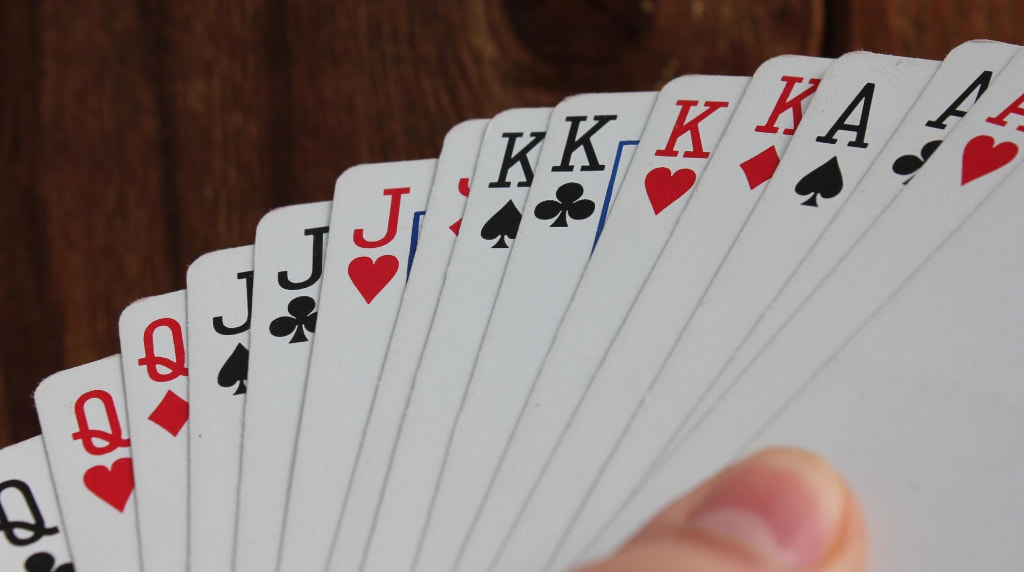
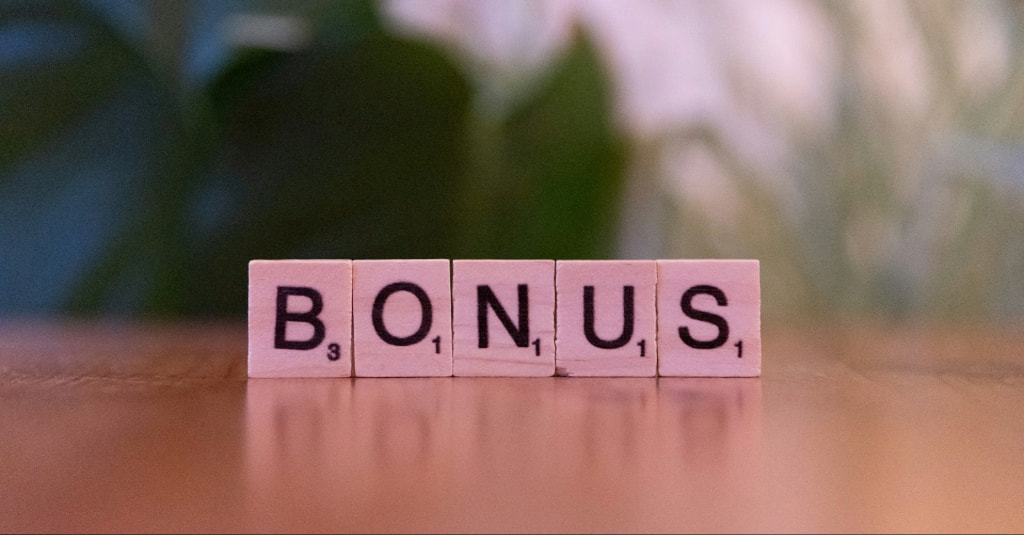 Is There a Catch When Claiming Wager-Free Bonuses?
Is There a Catch When Claiming Wager-Free Bonuses?
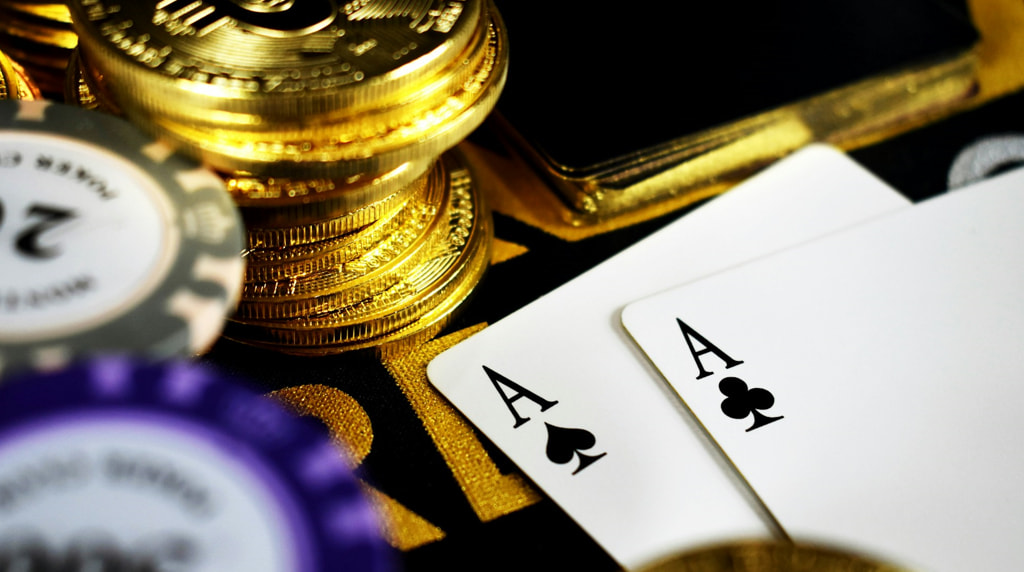 Benefits and Disadvantages of Casino Loyalty Programmes
Benefits and Disadvantages of Casino Loyalty Programmes
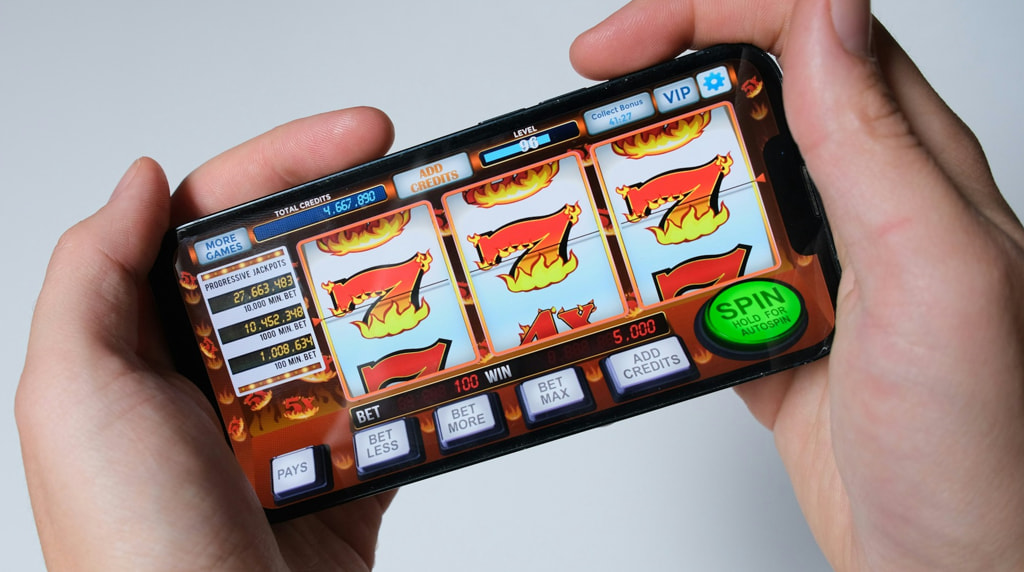 Reasons for Online Slots Being Removed from Casino Sites
Reasons for Online Slots Being Removed from Casino Sites
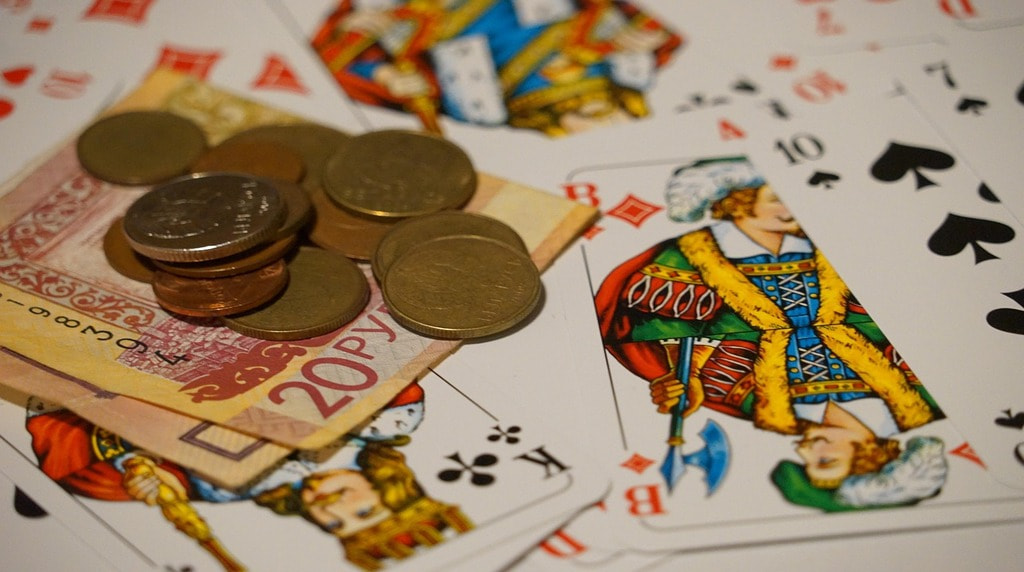 Sticky and Non-Sticky Casino Bonuses Explained
Sticky and Non-Sticky Casino Bonuses Explained